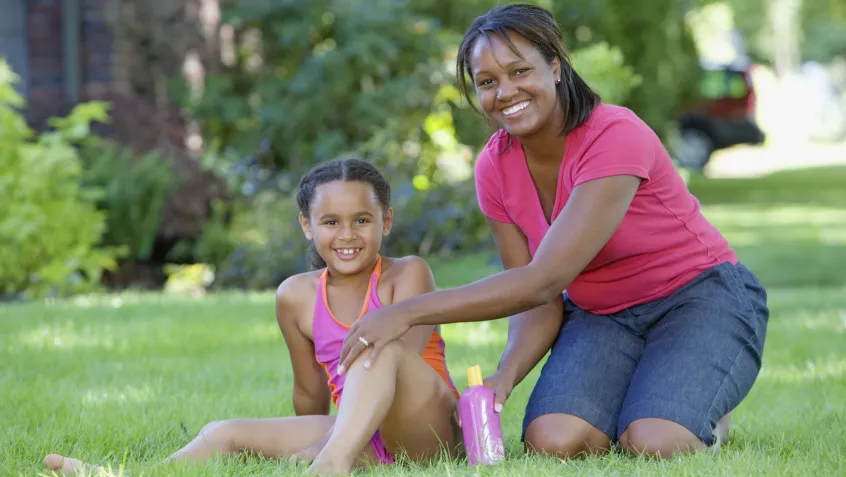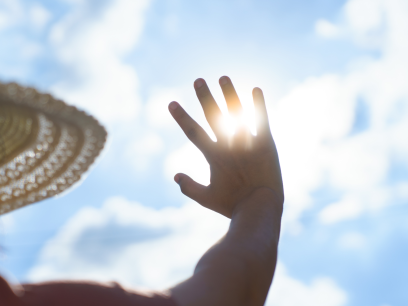
While some exposure to sunlight can be enjoyable, too much can be dangerous. Overexposure to ultraviolet (UV) radiation in sunlight can result in a painful sunburn. It can also lead to more serious health effects, including skin cancer, premature aging of the skin, and other skin problems; cataracts and other eye damage; and immune system suppression. Children particularly need sun protection education, since unprotected exposure to the sun during youth puts them at an increased lifetime risk for skin cancer.
Be SunWise
Most people are not aware that skin cancer, while largely preventable, is the most common form of cancer in the United States, with more than 5 million cases diagnosed each year. By following a number of simple steps, you can still enjoy your time in the sun while protecting yourself from overexposure. In cooperation with a number of leading public health organizations, the US Environmental Protection Agency (EPA) developed these action steps to help you and your family be SunWise. Other than staying indoors, no single step can fully protect you from overexposure to UV radiation, so use as many of the following actions as possible.
Do Not Burn
Overexposure to the sun is the most preventable risk factor for skin cancer.
Avoid Sun Tanning and Tanning Beds
UV rays from tanning beds and the sun cause skin cancer and wrinkling. If you want to look like you’ve been in the sun, consider using a sunless self-tanning product, but continue to use broad spectrum sunscreen with SPF 30 or higher with it.
Apply Sunscreen
Apply sunscreen to all exposed skin using a sun protection factor (SPF) of 30 or higher that provides broad-spectrum protection from both ultraviolet A (UVA) and ultraviolet B (UVB) rays. Reapply every two hours, even on cloudy days, and after swimming or sweating.
Wear Protective Clothing
Wear protective clothing, such as a long-sleeved shirt, pants, a wide-brimmed hat, and sunglasses, when possible.
Seek Shade
Seek shade when you can, remembering that the sun’s UV rays are strongest between 10 a.m. and 4 p.m.
Use Extra Caution Near Water, Snow, and Sand
Water, snow, and sand reflect the damaging rays of the sun, which can increase your chance of sunburn.
Check the UV Index
The UV Index provides important information to help you plan your outdoor activities in ways that prevent overexposure to the sun’s rays. Developed by the National Weather Service and EPA, the UV Index is issued daily nationwide.
Get Vitamin D Safely
Get Vitamin D safely through a diet of foods fortified with Vitamin D. Don’t seek the sun.
Check Your Skin
Early detection of melanoma can save your life. Carefully examine all of your skin once a month. A new or changing spot should be evaluated by a health care provider.


